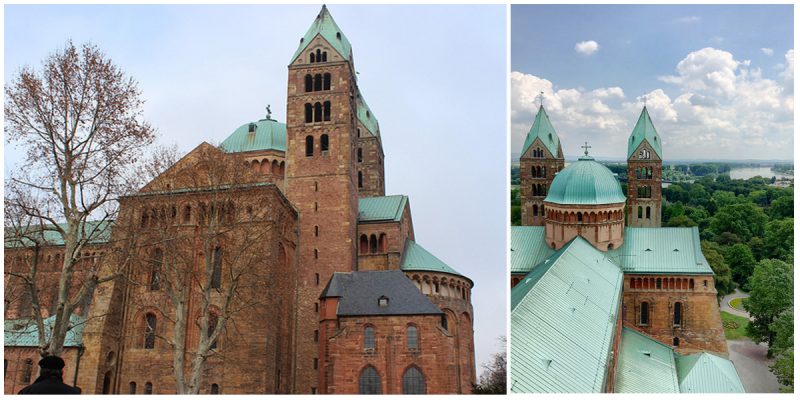The Speyer Cathedral in Speyer, Germany, officially known as the Cathedral of St. Mary and St. Stephen, ranks as the largest preserved Romanesque church in Europe.
It is one of the most important monuments of the Holy Roman Empire. The building work began in 1030 on the site of a former basilica under Salian Emperor Konrad II, right after his coronation. His goal was to build the biggest church of his era. It was built of red sandstone which came from the mountains of the Palatine Forest. It is a triple-aised basilica and holds the burials of German Emperors for over 300 years.
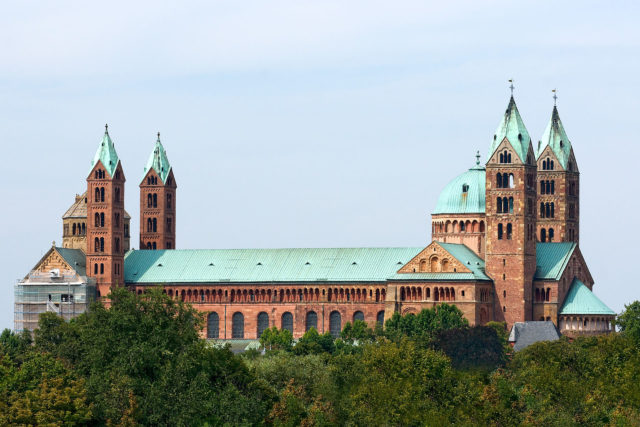
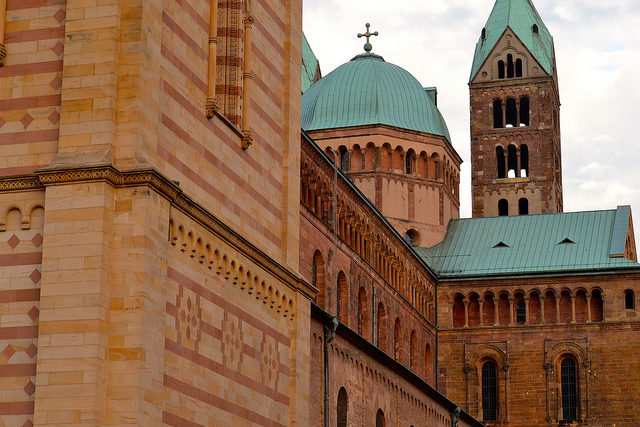
In 1061, the church was consecrated under his grandson Heinrich IV who authorized renovation of the church in order to improve the appearance of the building. The eastern section was demolished and only the lower floors remained intact.
After his death, in 1106, the expanded cathedral Speyer II was completed and became the largest building of its time. It was a provocation for the papacy because of its size. At that time, Speyer was a small village with only 500 inhabitants. In 1610, a Gothic chapel has been added to the northern aisle of the cathedral.
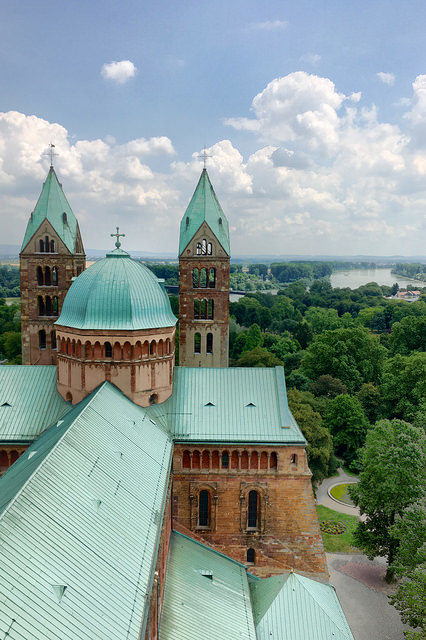
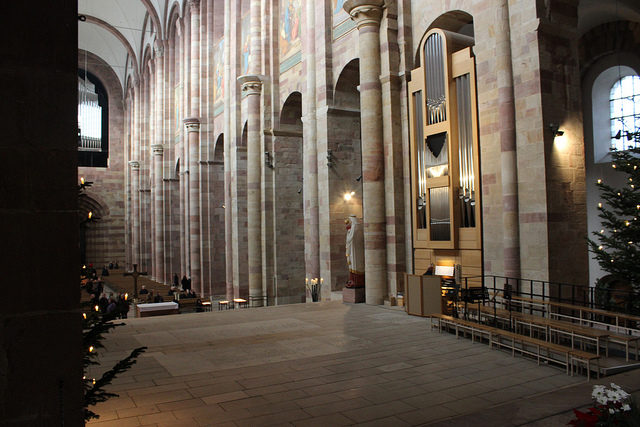
During the Palatine War, people brought all kind of personal possessions into the cathedral because they were afraid to be outside when the French troops of Louis XIV were looting the town. The Westwerk of the cathedral was completely destroyed and replaced by a much simpler version in 1770.
During the Napoleonic Wars, the cathedral was used as a stable and after the wars in 1813, Speyer was filled with wounded soldiers and the cathedral was needed as an army hospital. When Speyer passed to Bavaria in 1815, Ludwig I allowed the interior of the cathedral to be painted in the late Nazarene style. These paintings were removed in the 1950s with the exception of the Maria cycle by Johann Schraudolph.
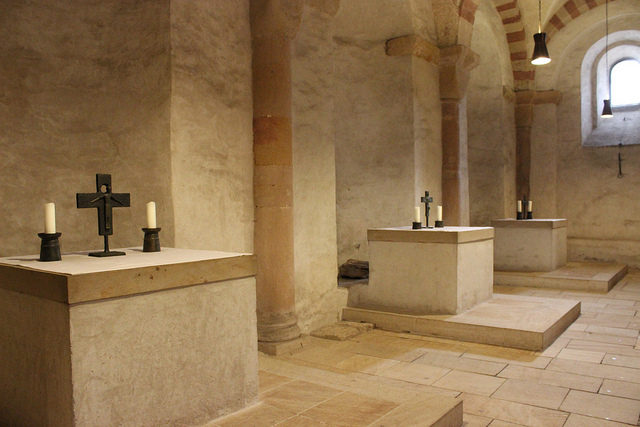
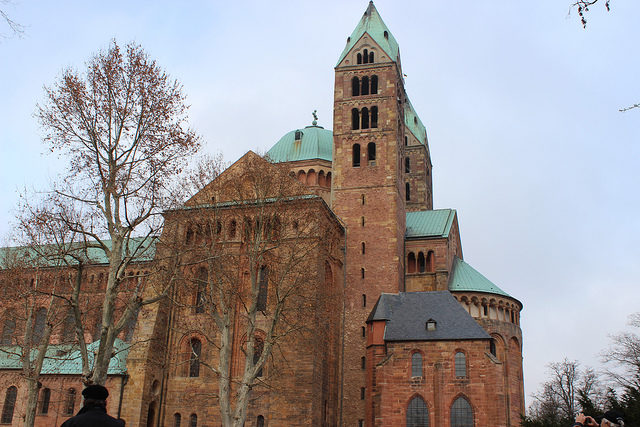
The Speyer Cathedral is the Imperial Cathedral of the bishopric of Speyer. In 1981, UNESCO accepted the cathedral as the second German landmark in its list of World Heritage Sites.
The cathedral includes magnificent chapels, a crypt, a chime composed of nine bells and it’s surrounded by the Heath Tower situated to the east side and the Hall of Antiques situated on the north side of the cathedral.
